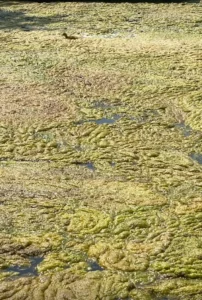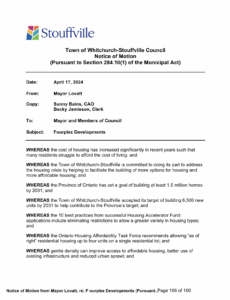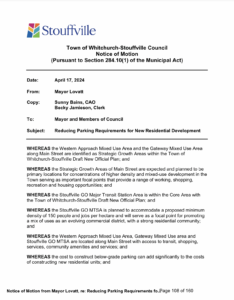If you have driven around Musselman’s Lake recently, you will have noticed significant algae blooms as seen in this video posted by a resident to Facebook. https://www.facebook.com/reel/966656998121788

Unfortunately, this scenario is not unprecedented or unexpected as Musselman’s Lake has been dealing with excess plant and algal growth for decades. Musselman’s Lake is a kettle lake, which means it is shallow and there is very little water flowing into and out of it. Most of the water in comes as surface runoff from the immediate drainage area, where sources of nutrients include septic systems, stormwater runoff, and land use practice around the shoreline.
The LSRCA suspects the dense algae mats being observed are influenced by fluctuating temperatures this spring. The warm spell we had a few weeks ago was a trigger for vegetation to start growing, however, the following cooler spell halted many species growth. In the lake, this causes fast growing algal species to start growing as they typically would in spring. The cold spell likely halted the aquatic plant growth which compete for nutrients with algae. That lack of competition is likely why we are seeing more algal growth this spring than typical. Similarly aggressive blooms have been observed on stormwater management ponds in the LSRCA watershed this spring. With the return of warmer weather, we should see more plant growth and some balance return. The algae looks to be mainly a filamentous algae called elephant snot which is not harmful to human health, just unpleasant.
The vast majority of shoreline and lake bottom for Musselman’s Lake is privately owned and complicates LSRCA management efforts. The Conservation Authority does not have a role in managing private property and does not have the ability to conduct harvesting. There was a detailed investigation of the Musselman’s Lake Watershed completed with involvement from community members in 2009.
(http://www.musselmanslake.ca/DemoMLRA/wp-content/uploads/2012/11/Musselmans_Lake-Subwatershed.pdf) In this document you will find the work done to identify issues and recommendations to address them. The recommendations most relevant to nutrient reduction from the watershed plan and elsewhere are summarized below. Many are actions that residents can implement themselves. Septic Inspections and Stormwater Management recommendations fall to the Town which we are exploring further.
Some additional information is also included below.
Private Septic Systems
As private septic systems age, they can malfunction and be a source of nutrient and bacteria contamination. Malfunctions and failures of septic systems can be detected through regular municipal inspections – if a problem is detected it should be resolved in a timely manner to minimize environmental impacts. Regular maintenance of a septic system will keep it in good working condition and minimize the risk of waste entering the lake. Cottage Life has a few pointers to consider in this article: 5 Mistakes You Could Be Making With your Cottage Septic System.
Residential Properties
Because a major contributor of phosphorus to the lake is a result of stormwater run-off, there is quite a lot the average person can do:
- Make sure the soaps and detergents you buy are phosphate free.
- When using water outside, direct the excess to the lawn or garden and not through the stormwater system. Capture rainwater in cisterns or rain barrels to water plants and lawn during drier periods.
- Wash your car at the car wash, where the water will be properly treated. If you must do it yourself, wash your car on the lawn, so that the water soaks into the ground.
- Use native plants in your lawn and garden. They’ve adapted to survive in our climate and therefore don’t have the same need for watering or fertilizer.
- Use natural alternatives to pesticides, herbicides and fertilizers for garden and lawn maintenance.
Stormwater Management
- Prepare a stormwater management plan for the Musselman’s Lake subwatershed.
- Investigate the feasibility of implementing stormwater reduction at the lot level and other “unconventional” treatments where appropriate.
- Identify the need for new stormwater ponds and retrofit current stormwater facilities and use new technology where possible.


